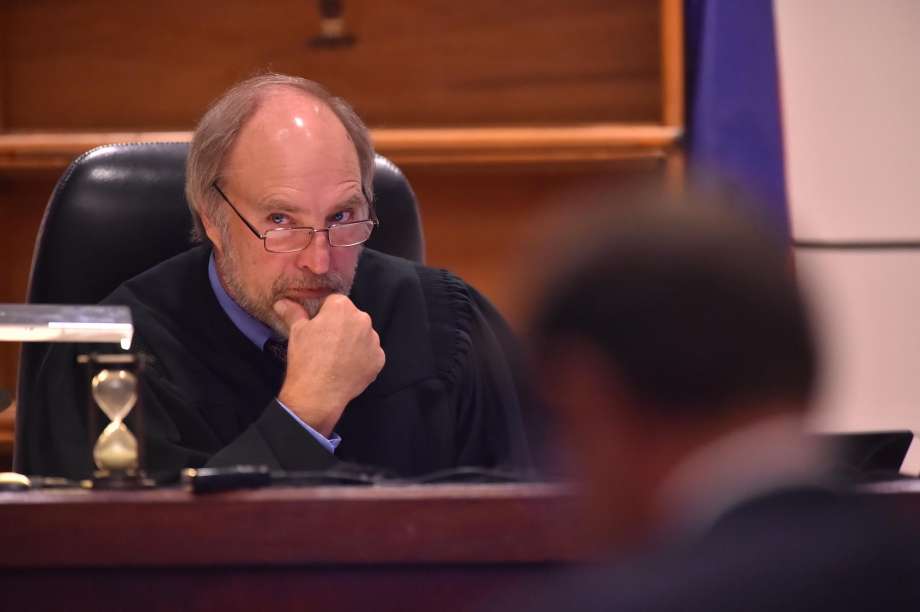Examination of goods can be both judicial and extrajudicial. It all depends on the goals and circumstances of its implementation. For completeness and clarity of presentation of the product, any individual or legal entity pays for an expert service, ordering it from representatives of a private company. The court conducts a forensic examination of goods in the event that its results are necessary for the consideration of criminal and administrative cases.
Any consumer sooner or later faced the acquisition of low-quality goods. If this product is not expensive, then questions about conducting such an examination are not even raised, since there is no point in wasting money and time. However, if the purchase is quite expensive, the issue of conducting a merchandising examination becomes relevant.
A forensic merchandising examination acquires a deeper meaning in the investigation of murders, falsification of trade documents, theft in medium and large sizes of state property. The specialist must have special knowledge in the field of commodity science, as well as navigate in normative and legislative documents.
The concept of merchandising expertise
Most crimes are committed, as a rule, by hidden means, including methods that are aimed at distorting the initial properties of products (goods) and material values in order to create opportunities for theft:
- violation of the procedure and rules for the receipt of goods;
- falsification of characteristic parameters of received (released) goods;
- Changing the contents of product labels and other product labeling methods.
The establishment of these deviations cannot be carried out without conducting a merchandising examination.
The essence of a forensic merchandising examination is the study of the commodity characteristics of an object in order to establish its affiliation with a particular group, its external state in fact, and determine the reasons for the change in the external state.
During the consideration of a specific case, this research task is specified depending on the established purpose and circumstances of the case (for example, in a situation where the properties indicated in the product certificate are not really characteristic of this product).
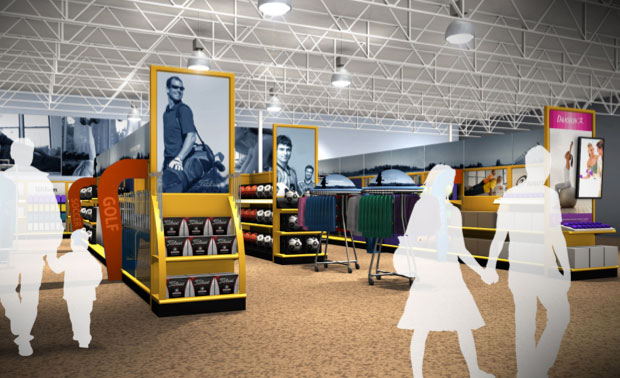
Role and opportunity
When conducting a forensic examination, you can identify the following points:
- Belonging of individual units or sets of goods to one group (type, type, model, etc.).
- The presence of defects and their nature.
- Degree of quality degradation.
- Suitability of facilities for use.
- Non-compliance with requirements for packaging, storage of goods.
- Failure to comply with operating conditions, operating instructions.
- Establishment of the cause of defects.
- Compliance (non-compliance) with the actual characteristics of objects with marking data.
- Compliance with the properties and characteristics of the product standards (standards, specifications, reference standard) or basic data.
Kinds
There are several types of merchandising expertise. The main ones are:
- Contract examination. It implies analysis in the field of compliance with product standards, packaging conditions, the presence of certain markings, the quality of delivery and storage of cargo. This type of research involves a rather large and complex series of concrete actions. Often during the study, it turns out that the regulatory documents do not contain a complete description of the product or there are discrepancies with the declared quantity.
- Customs examination.It implies an analysis of the opinions of experts due to the finding of shortcomings that may be related to the conditions of transportation of goods across borders, payment of fees, and documentation. During its implementation, one can answer the questions: establishing the qualitative characteristics of the goods, how duties are collected on goods transported across the border, and establishing compliance with the product description and its quantity.
- Examination of the value of goods. This is a study to determine the market price of a product. This is an important type of examination, because according to it, the seller or buyer can make a certain transaction based on the results. Today, the most popular type of valuation activity is real estate valuation. It includes the calculation of the cost of residential or commercial premises.
- Consumer examination of goods. This is the identification of defects in goods, the establishment of the reasons for which this or that damage occurred.
Dictionary of the main terms of forensic science expertise
Among the main terms used in the examination, the following concepts are distinguished: object, subject, subject.
- The concept of an object. As objects for conducting an examination, both food and non-food products, food products, storage media, and technical equipment can be used. This category of objects includes something that can be visually touched, as well as information from contracts, passports and quality certificates, various statements about defects, markings and labels, certificates and statements.
- The concept of the subject. The subject of the study is determined in each individual case, depending on the goals of the initiator of the examination. As a rule, the subject of research, one way or another, concerns the classification identification of the product, its condition at the time of the examination, as well as determining the causes or circumstances of the change in the condition and / or characteristics of the product.
- The subject of merchandising expertise are:
- Judicial expert at a government agency.
- Non-governmental expert of a private nature.
- Specialists who are not appointed, but are specially recruited to assist specialists. Specialists, as a rule, are narrow-profile and for some reason may refuse to write a conclusion due to the fact that information is insufficient.
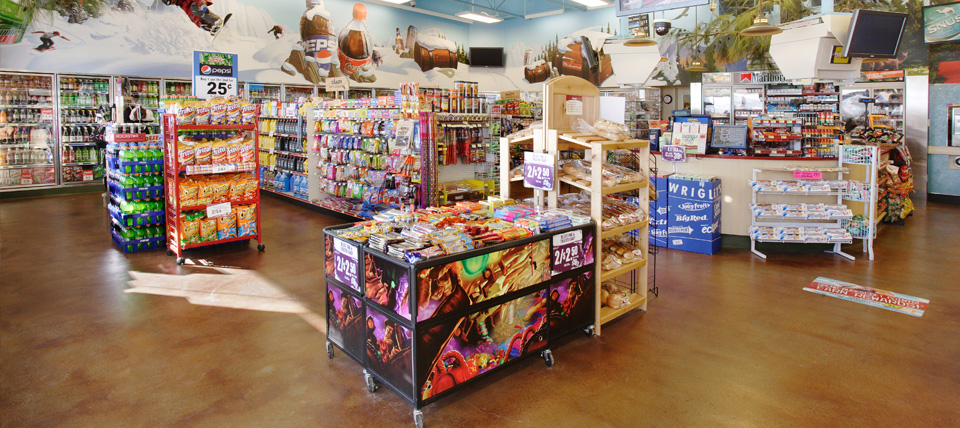
Sample
A sample of forensic merchandising expertise is a document that reflects the main stages of the expert’s work in the studied area. The information should be as complete and reliable as possible.
A sample of forensic merchandising expertise can be represented conditionally in the form of a table below.
| № | Part of the act | Information |
| 1 | Home, basic | Act number, time and place. F. I. O. and posts. Product Name. Commodity documents. Provider. Characteristics of the condition of the goods. |
| 2 | Body act | The list of documents for research. Product Detail. Defects in the goods. Signatures of the parties. |
| 3 | Final part | The results of the analysis commission. Evaluation of the results. Signatures |
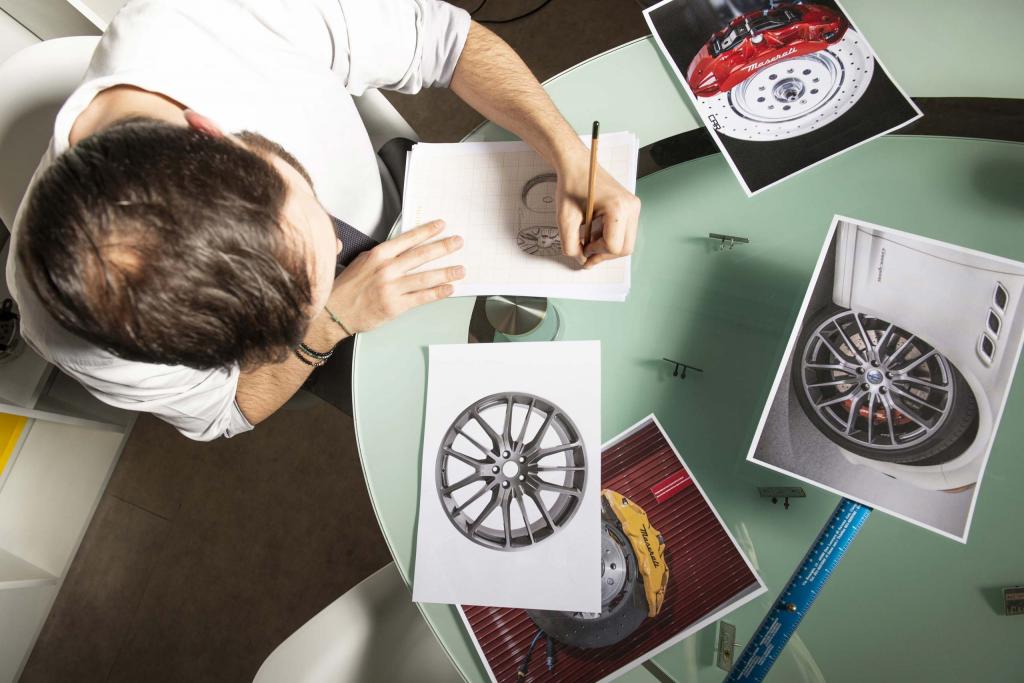
Main questions
To solve the above problems when ordering a forensic expert examination, you need to find out the following points:
- the availability and quality of actual source materials, documented data on production;
- characteristics of products in fact, designations indicated on the label, packaging;
- the symbols of product characteristics and regulatory requirements set for the type of product under investigation are indicated on the labels;
- product characteristics indicated in the accompanying documents are actual;
- actual requirements for product quality according to the standards established for the studied species;
- packaging of goods according to standards;
- conditions for the transport of goods in accordance with regulatory documents;
- storage conditions for goods according to regulatory requirements;
- Acceptance and testing of products in accordance with established standards.
This is not a complete list. For forensic science examination questions can be supplemented with the following nuances:
- whether the product characteristics correspond to others presented as samples;
- whether there are defects in the product;
- whether the defects present on the product affect its quality;
- Are defects acceptable?
- whether the products are located in the set or given by quantity, size, color;
- whether natural losses are calculated correctly under certain conditions of transportation and storage.
It is necessary to separately highlight a special group of questions. They can be associated with the study of objects damaged by leaks, fires and other emergency situations. The forensic examination of damage includes:
- what is the cost of production, taking into account wear during its damage;
- residual value of goods damaged by leakage;
- value of goods as a result of damage.
All these questions require careful study at the research stage.
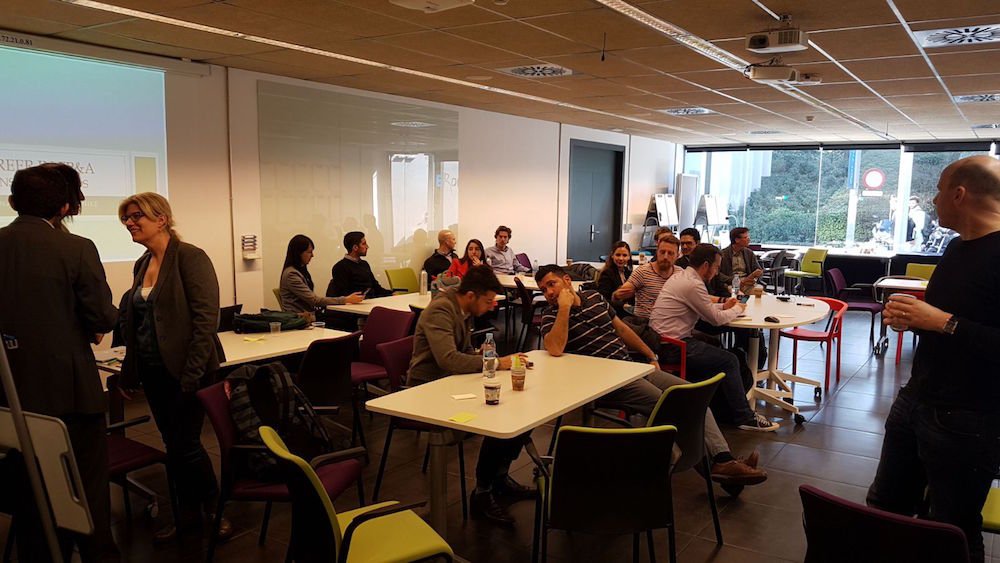
The main objectives of forensic science expertise
Among these tasks can be identified:
- Determining the correctness of the inventory of goods and their strength tests according to the documents.
- Determining the reasons why the quality of the product has changed.
- An opportunity to find out how the product was used and whether unjustified actions that were not specified in the instructions for use were applied to it.
- The ability to determine the storage period, and under what conditions this storage was performed.
- Does the packaging meet all the requirements indicated in the documents.
- The ability to identify the composition, nature, technological properties of the product from which the material is made and whether everything matches the above on the label.
- Are regulatory documents consistent with the actual group of products belonging to the same brand or model?
- An opportunity to establish defect or defect of separate units.
- Verification of quality certificates, as well as standards and norms.
- Establishment of the market price and current value with the available information on defects.
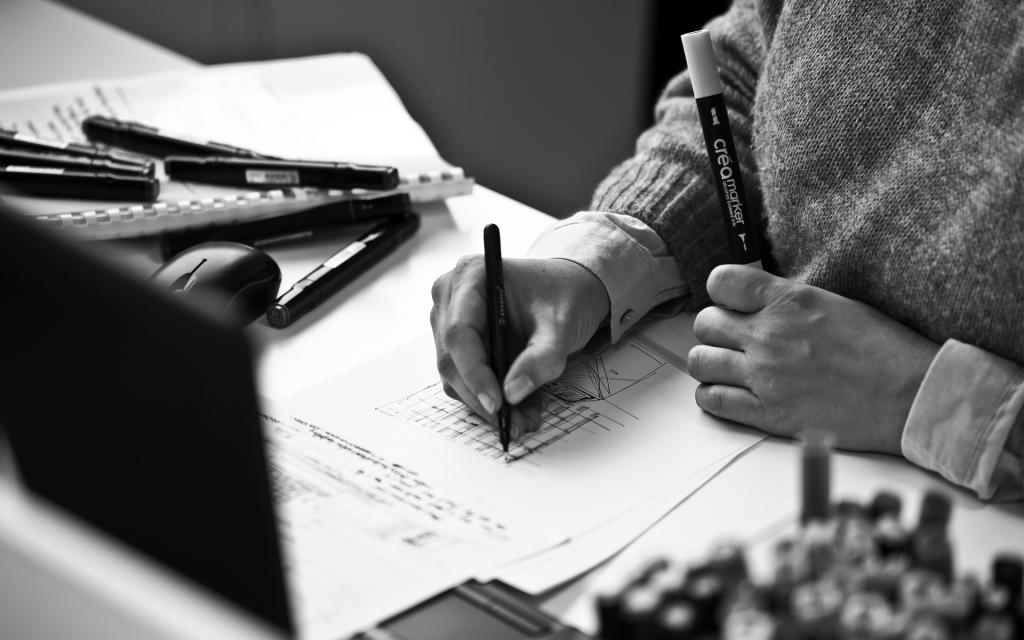
Process
An important study of forensic merchandising expertise is the comparison of the object of study with its description in the accompanying documents. Namely, whether the operating conditions specified in the instructions for use correspond to reality, in which the product will be operational for a certain period of time without repair and outside interference.
When organizing a forensic merchandising examination, initially during arbitration, criminal or other cases, an audit is appointed to assess the quality and value of the goods.
In addition, it is necessary to determine the subject itself to be considered. In some cases, participants in the process cannot reach consensus on which material should be given close attention.
The next step of the algorithm for solving the problems of forensic science expertise: ask questions, and the more there will be, the conclusions will be more understandable and correct. In the event that documentation is not provided, marking and stickers on the goods are damaged or missing, an organoleptic examination is carried out.
Further, in the algorithm for solving typical problems of forensic science examination, a study is made of the appearance of the goods. Measurement studies are carried out in laboratories using special tools. The initial condition of the product is determined using an evaluation survey. An experimental method is needed to compare samples of the same type. For a more detailed study, biological and microscopic analysis is used.
For verification, a large batch of goods of different types can be presented, this method of examination is called continuous (continuous).
In conclusion of the expert on merchandising expertise, the court should not be ambivalent and interpreted in different ways. An accessible description with simple phrases will lead to a quick solution to the problem.

Examination Decree
This document is accepted by the judge in charge of the case, investigator or inquiry officer. A decision on the appointment of a forensic merchandising expert examination is necessary when checking when a situation arises of involving an expert for research. This specialist should be, first of all, independent in his assessments, have the appropriate license, have knowledge in the field of research.
In the decision on the appointment of a forensic merchandising expert examination (and sample), its initiator may be:
- person taking part in the case;
- court.
Criminal proceedings require that an examination be ordered:
- during the preliminary investigation (investigation) - at the initiative of the investigator;
- during a trial - at the initiative of a party or court.
Participants in the process have the right to apply to the court with a request to select a specific specialist.
The decision on the appointment of merchandising expertise should contain the following information:
- Date and place of decision.
- Indication of the judge who made the decision.
- Indication of the person on whose initiative the examination is carried out.
- Link to the institution that conducted the examination.
- Clarifying facts of the case.
- Questions for experts.
- Expert disclaimer.
- Date.
- The list of things passed to experts.
- Signature of judge and court clerk.
- The procedure for appealing the decision.
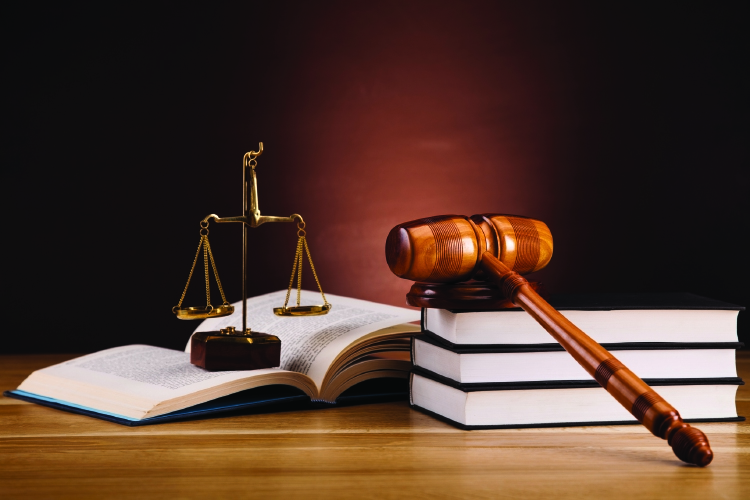
An example of examination of the quality of clothing
An examination of clothing in relation to commodity research is a study of an expert on the quality of clothing, including the one used and determining the cause of defects. It is carried out by a specialist with special knowledge in the field of science and crafts. It is expressed in a special expert opinion.
Examination of clothing is carried out in accordance with state standards, specifications, product samples. At the very beginning, a specialist gets acquainted with documents accompanying clothes.
When conducting a merchandising examination of clothing, it is necessary to conduct a general inspection of the item. At the same time, various methods are used to study the quality of clothing, namely: external examination, linear measurements or laboratory tests.
If during the inspection of clothing only appearance defects are found, then it should be checked by external inspection and comparison with the sample of the acquired wardrobe item.
During the inspection, any clothing is inspected fully, regardless of whether defects are indicated on clothing submitted for examination or not.
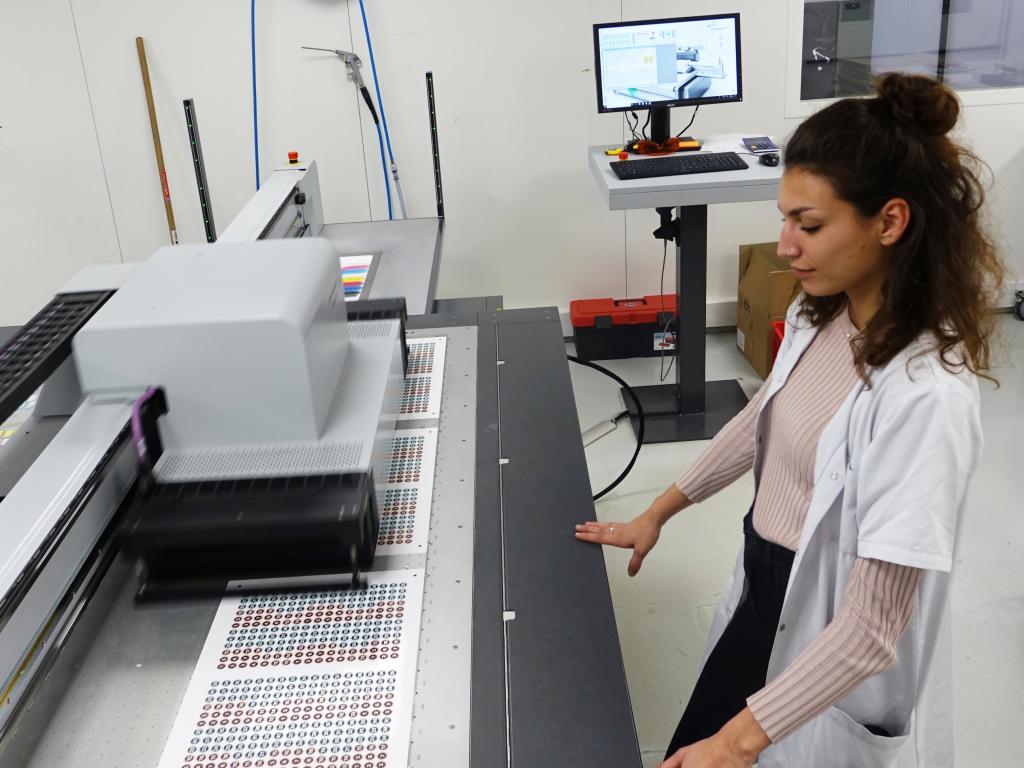
Shoe Examination Example
This is a check of shoes related to the nature of the occurrence of the defect, as well as the detection of imperceptible defects in the shoes.
Inspection of shoes is a procedure for analyzing its quality in order to establish the causes of defects. It is most often carried out to prove the opposite point of view.
Testing of shoes is carried out using the organoleptic method, that is, using the simplest measuring instruments.
At the end of the inspection of shoes, a written conclusion of the examination is given on the conformity (or not) of the shoe with the standards and the possibilities of its intended use in the future.
Arbitrage practice
Consider the example of merchandising expertise in judicial practice.
When buying a thing, we may not always be satisfied with its quality. In this case, it is worth trying to return the goods to the store. If the seller or manufacturer does not want to return the full amount and go for all kinds of tricks in order to delay the return or even avoid this, it is necessary to file a lawsuit. To check the quality of the product and the correctness of its work, the court appoints a merchandising expert examination.
It often happens that one of the parties is absolutely not satisfied with the conclusions of a specialist.Then, to appeal the forensic examination, it is necessary to review the expert opinion.
The problem of merchandising expertise in judicial practice: disagreement of one of the parties with the conclusions of a specialist.
The reviewer found out that in this case the specialist was asked the following questions:
- Were the boots in operation?
- If the boots were in use, how long were they used and how long?
- Is it possible to determine the number of people wearing these shoes by a specialist?
- Does the pair of boots presented meet the standards for such products?
Objections to a forensic merchandising examination arise, a reviewer compiles a sample of these objections. He points out that the expert describes a number of research technologies, including the recommended expert methodology, links to scientific and regulatory literature containing recommendations for the study of such objects, as well as a number of used measuring tools that were used in the research process.
In addition, in conclusion, the specialist refers to paragraph 1.4. GOST 7296-81, which states that on the end surface of each box (package) should be inscribed with the following symbols: trademark, manufacturer's name and mailing address, model number, size of completeness, color, grade, release date.
The expert describes the following labeling data that was applied to each half-pair and to the end surface of the box: article number, size, color, company name, name and location of the manufacturer.
However, analysis of the peer-reviewed document showed that not all marking data specified by the expert was applied to each half-pair and to the end surface of the box. The sticker glued to the end surface of the box contains the designation of the product, size, color, brand. And the name and location of the manufacturer are missing.
In this case, the expert wrote that all the necessary information was indicated on the label.
In addition, the expert in answering question No. 4: “Does the presented pair of shoes meet the requirements of the standards for such products”? indicates that it corresponds to only one specific GOST 26167-2005 “Casual shoes. Technical conditions. " However, the question did not concern the conformity of the presented pair of boots GOST 26167-2005 “Casual shoes. Technical conditions. " Answering this question, the expert had to completely conduct an analysis and examine all the normative documentation related to this study.
Total. Due to the fact that during the inspection invalid data were indicated, and technical standards were not fully applied, there are no indicators of the necessary measurements using tools, the expert opinion cannot be considered objective and justified.
Examination in Magnitogorsk
In the city of Magnitogorsk, there are several organizations that perform these procedures. Among the objects of forensic merchandising expertise in Magnitogorsk are:
- Expert Service Center "Expert Service". Address: 23 Lenin Ave.
- City certification center LLC "Standard". Address: st. Komsomolskaya, 130.
- Magnitogorsk Chamber of Commerce and Industry. Address: st. Chapaeva 12.
- LLC "Evraz". Address: st. Lenin, 2/2.
- LLC "Extiton". Address: st. Kalina, 20.
- LLC "ANT". Address: 38 Lenin Ave.
Conclusion
Commodity expertise is a full range of studies aimed at determining accurate product data in order to calculate one or another of its damage. To conduct a competent study, you need to contact only trusted and reliable expert organizations.
